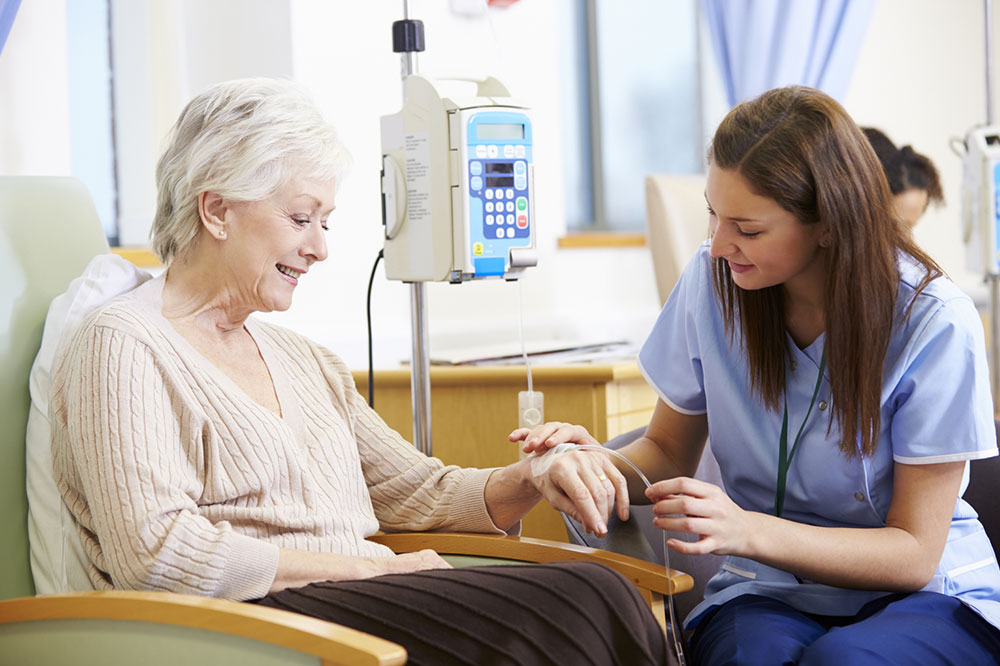
Leukemia – Silent Signs, Causes, and Management Options
Leukemia is cancer that affects the blood cells and bone marrow. It is a condition that requires prompt medical attention. While some forms of leukemia can be cured, others may require lifelong treatment to manage symptoms and prolong survival. Some symptoms of leukemia are obvious, such as fatigue and frequent infections, but there are also silent signs that may go unnoticed. Here are some common symptoms, causes, and treatment options for leukemia.
What is leukemia?
Leukemia is a cancer of the blood cells that affects the bone marrow, the spongy tissue inside the bones that produces blood cells. Leukemia occurs when the bone marrow produces abnormal white blood cells, which are known as leukemia cells. These leukemia cells do not function properly and can crowd out healthy blood cells in the bone marrow. This can lead to various health problems, including anemia, infections, and bleeding disorders. There are four main types of leukemia: chronic lymphocytic leukemia (CLL), acute lymphoblastic leukemia (ALL), acute myeloid leukemia (AML), and chronic myeloid leukemia (CML).
Silent signs of leukemia
Bruising and bleeding
Leukemia cells can interfere with the body’s ability to produce platelets responsible for clotting the blood. As a result, people with leukemia may experience bruising and bleeding, even from minor injuries. This can include tiny red or purple skin spots and easy bruising and bleeding from the gums or nose.
Joint pain
Leukemia cells can also accumulate in the joints, which can cause pain and swelling. One may also experience pain in the ribs on the left side.
Abdominal discomfort
Leukemia cells can infiltrate the liver and spleen, which can cause abdominal discomfort. This can include pain or fullness in the abdomen and a feeling of fullness after eating a small amount of food.
Cough
A persistent cough that lasts for weeks and wheezing may be a sign of leukemia, especially CLL.
Shortness of breath and fatigue
Leukemia cells can infiltrate the lungs, which can cause shortness of breath. This can occur even during light physical activity, such as walking up stairs. One may also feel fatigued easily.
Pale skin
Leukemia patients may notice their skin becoming paler than usual.
Fever
People with leukemia may experience fever with chills and sweating due to the disease, infection, or as a side effect of the treatment. Infections may also be slow to go away.
Loss of appetite
Leukemia onset may result in loss of body mass and appetite.
Awareness of the silent signs of leukemia is important because early detection and treatment can improve outcomes. While some of these symptoms may seem minor, they can indicate a more serious underlying condition. If one experiences these signs, it is important to speak with one’s healthcare provider.
What are the causes of leukemia?
In addition to being aware of the signs of leukemia, it is also important to know the risk factors for the disease. Some risk factors for leukemia include:
Exposure to certain chemicals, such as benzene
Exposure to radiation
Genetic factors or abnormalities like down syndrome
Blood disorders like polycythemia vera, idiopathic myelofibrosis, and essential thrombocythemia
Age (leukemia is more common in adults over the age of 60)
If one is aware of these risk factors, it is important to talk to a healthcare provider about screening for leukemia.
Gender (males are likely to develop the condition more than females)
How is leukemia diagnosed?
Leukemia is diagnosed through physical exams, blood tests, and bone marrow biopsies. Doctors may perform a complete blood count (CBC) to look for abnormal numbers of white blood cells, red blood cells, or platelets. They may also examine a sample of bone marrow to look for abnormal cells. Additional tests, such as flow cytometry or genetic testing, may be done to help determine the specific type of leukemia and guide treatment options. Imaging tests, such as CT scans or PET scans, may also be used to assess the extent of the disease.
How is leukemia treated?
The treatment options for leukemia depend on the type and stage of the disease and the person’s overall health. Here are some options for leukemia patients:
Chemotherapy : Chemotherapy works on killing or stunting the growth of cancer cells, and it can be given orally, through an injection, or an IV.
Radiation therapy : This is the use of high-energy radiation to kill cancer cells and is usually combined with chemotherapy.
Stem cell transplant : Also known as bone marrow transplant, this is a procedure in which healthy stem cells are transplanted into the body to replace the diseased bone marrow.
Targeted therapy : This type of treatment targets specific molecules involved in the growth and spread of cancer cells.
Immunotherapy : This type of treatment uses the body’s immune system to fight cancer.
In addition to these treatments, people with leukemia may also need supportive care to manage symptoms and side effects of the treatment. This can include pain management, nutrition support, and psychological support.
FAQs on leukemia
Is leukemia cancer curable?
The chances of curing leukemia depend on factors such as the type of leukemia, the person’s age and overall health, and the stage at which the disease is diagnosed. Types of leukemia, such as acute lymphoblastic leukemia (ALL), have a higher cure rate with current treatments, while others, such as acute myeloid leukemia (AML), have a lower cure rate. However, advances in treatments have greatly improved the chances of curing leukemia in recent years.
What is the survival rate of leukemia?
According to the American Cancer Society’s statistics, the overall five-year survival rate for all types of leukemia combined is approximately 65%. It is important to note that survival rates are only estimates and do not predict the outcome for any person. Many factors can influence survival, including the aggressiveness of the disease and a person’s response to treatment.


